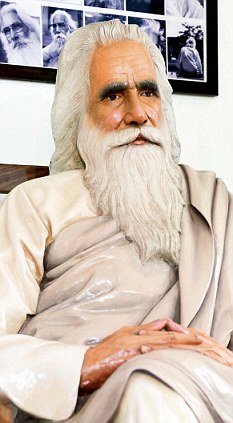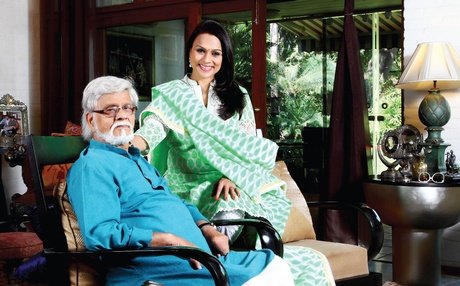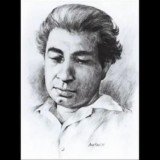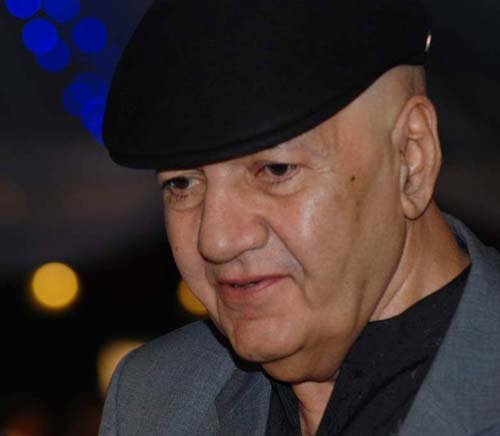Born in Budapest ,on 30 January , 1913 to Umrao Singh Sher-Gil Majithia, a Sikh aristocrat and a scholar in Sanskrit and Persian, and Marie Antoniette Gottesmann, a Jewish opera singer from Hungary .Shergill was the elder of the two daughters. At sixteen years old Amrita Singh Shergill sailed to France with her mother to study arts . She acquired her skills under Pierre valiant and Lucien Simon . When gill came back from France she proclaimed that Europe belongs to great artists like Picasso , Matisse , Braque and so on but India belongs only to her .Shergill returned to India in 1934 , equipped well with the most essential ingredients that make an artist – an unquenchable thirst to know, a virile tenacity of purpose and a single-mindedness about her role in life. Amrita Singh Shergill saw the raw beauty of India which she found nowhere else . She was particularly interested in painting the indigenous people and culture in the remote parts of India. Using dark rich tones and her own unique folkloric style, she painted the everyday life of the common people. While in Paris Amrita Singh Shergill wrote in a letter admitting that she was haunted by the sudden urge to go back to India and feeling that her destiny lay there as a painter . On her return , Shergill’s painting were based on the western model taught to her in France , but soon her paintings turned into enriched pieces of art depicting locals and the Indian way of life . In Paris she may have been thirty years behind the European art movements and current trends but she was certainly as many years ahead of her time in India in the mid-1930. Amrita Singh Shergill’s painting were being admired by all all due to her boldness and distinct ideas . Jawaharlal Nehru was deeply impressed by her works and soon became friends with her . It is a different tragedy that he didn’t find any place in her paintings.It was in Delhi that Amrita met Nehru . In the midst of all the capital’s officiousness, Nehru stood out as someone quite different.They exchanged several letters and met a few times but she never drew Nehru’s portrait claiming he was too good looking . Nehru later sent Amrita a copy of his autobiography. She thanked him and wrote “I should have liked to know you better. I am always attracted to people who are integral enough to be inconsistent without discordance and who don’t trail viscous threads of regret behind them. it is only in inconsistency that there is any consistency. But of course you have got an orderly mind. I don’t think you were interested in my paintings really. You looked at my pictures without seeing them. You are not hard. You have got a mellow face. I like your face, it is sensitive, sensual and detached at the same time.” One of her master pieces , the torso was a skillful study of an undressed which was known for its intelligence of drawing and bold modeling. Amrita Singh Shergill completed ‘Young Girls’ in 1933. During her time, India was just coming out of the Purdah age, obligatory during the Muslim rule. So, great courage was required to paint nudes and this she did boldly and beautifully. These master pieces are today declared as National treasures by the government of India . The National Gallery of Modern Art in New Delhi is adorned by a majority of Amrita’s paintings. Also, there is a road known as the Amrita Singh Shergill Marg in Lutyen’s Delhi.Amrita Singh Shergill’s life was filled with passion and color just like her canvasses. She lived life on her own terms, with exceptional ways. In 1938 Amrita married her Hungarian first cousin, Dr. Victor Egan. With him, she moved to her paternal family’s home in Gorakhpur, Uttar Pradesh. Later, the couple shifted to Lahore. Prior to her untimely demise, she left behind a body of work that established her amongst the leading artists of the century and a wonderfully eloquent symbol of synthesis between the East and the West. Amrita Singh Shergil left this world on December 6, 1941 but her achievements are eternal, splendid and intense. They are keeping her alive among us.
Search Personality
-
Ranjeet Singh says:Hi good morning My name is Ranjeet Singh. I live in...
-
Ranjeet Singh says:
-
Ranjeet Singh says:
-
Ranjeet Singh says:
-
Ranjeet Singh says:
- Actor Ajj De Ranjhe AkakaAmazing Akshay Kumar Amritsar art artist Astronauts bhangra Birmingham Bollywood Bombay Canada Carry on Jatta Chandigarh Comedians comedy comedy circus Delhi desi Desi hip hop England Faisalabad Famous Hindi Films Hoshiarpur India Indian Indian Army Jalandhar Jatt and Juliet Lahore Lucky di Unlucky Story Ludhiana Mumbai Padma Bhushan Pakistan Punjab Punjabi punjabi cinema Punjabi film industry Punjabi films Punjabi singer Sikh St. Stephen's College

















